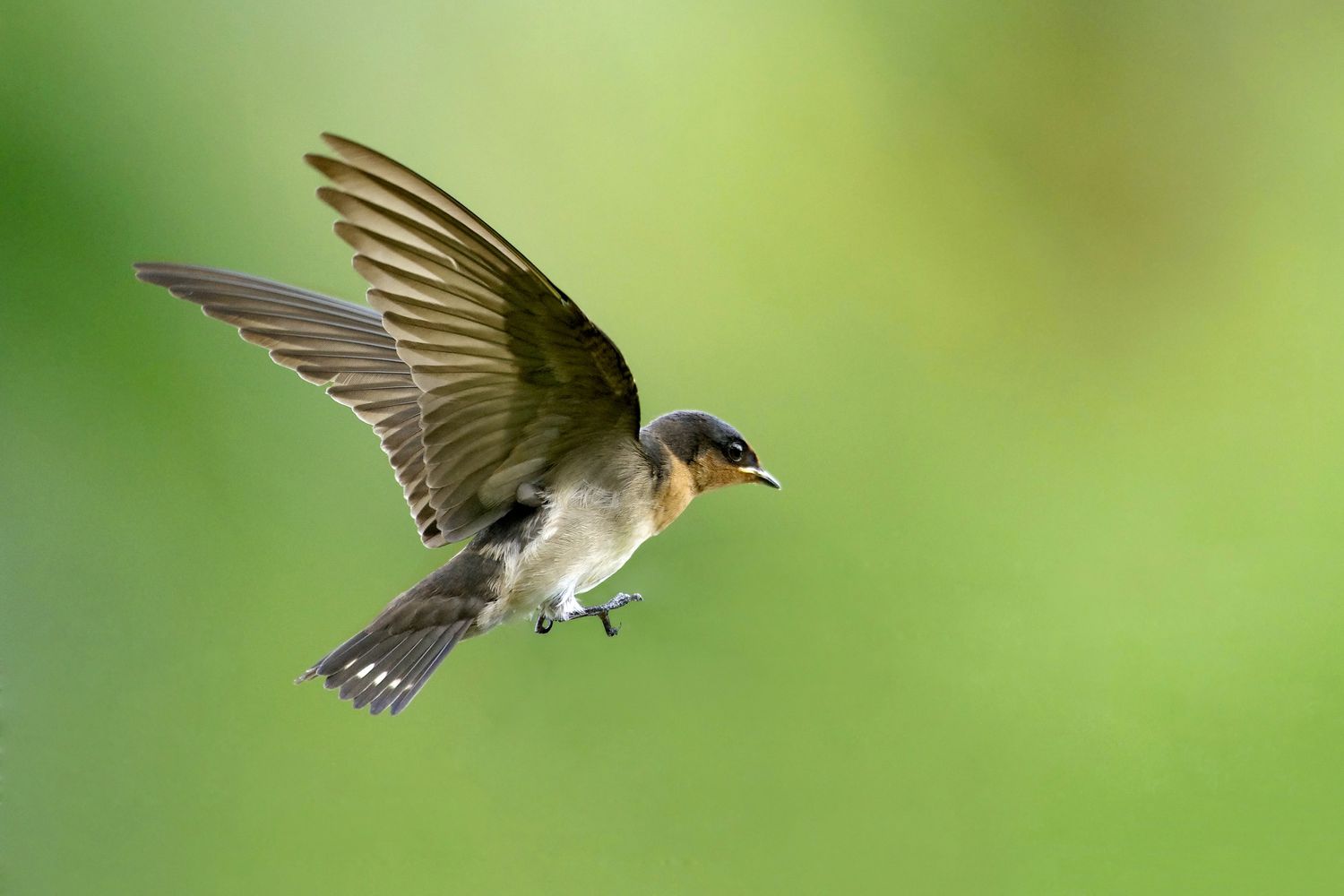
One of the six basic groups of animals—alongside reptiles, mammals, amphibians, fish, and protozoans—birds are characterized by their feather coats and (in most species) the ability to fly. Below you’ll discover 10 essential bird facts.
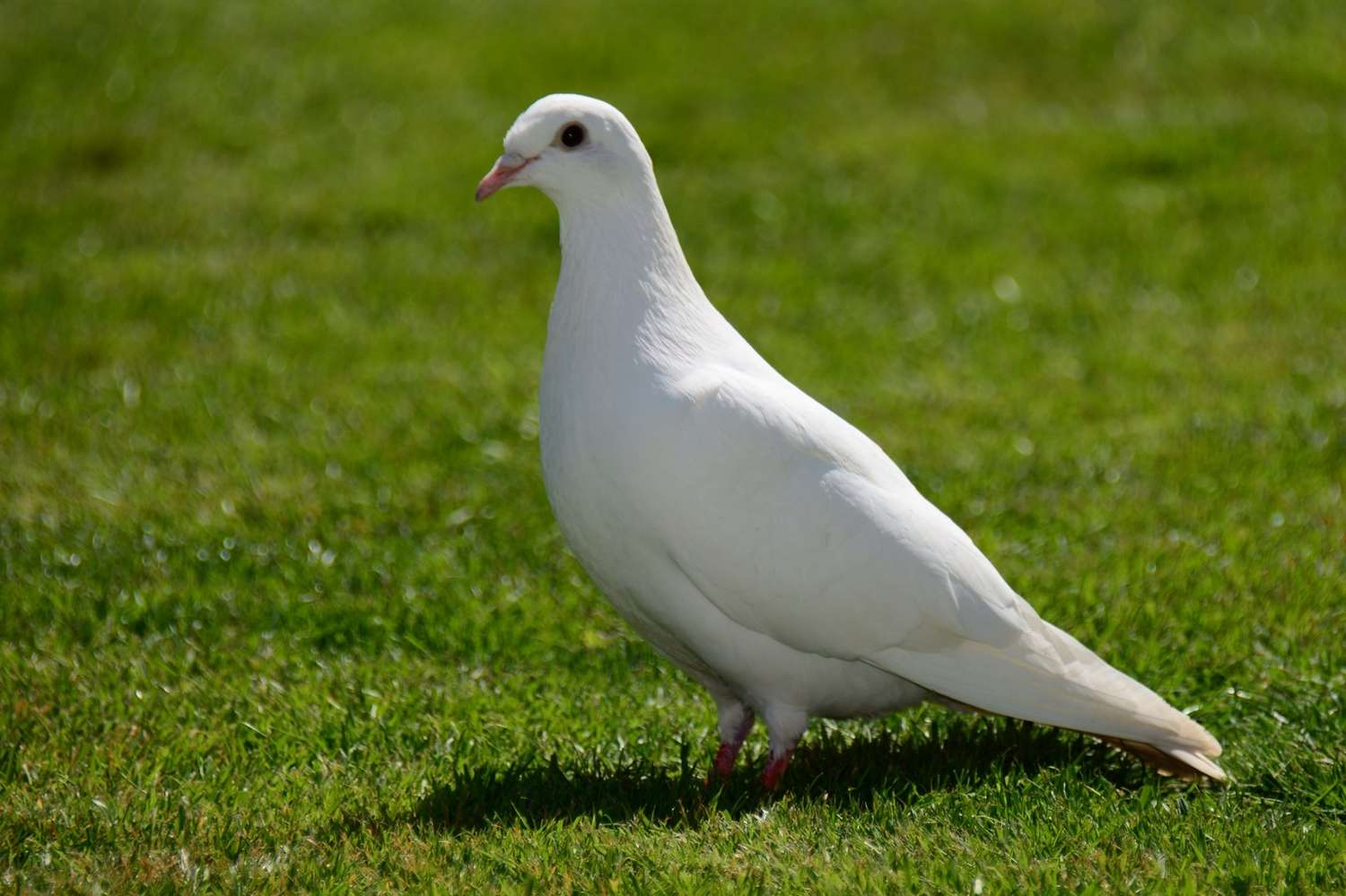
Somewhat surprisingly, for those of us proud of our mammalian heritage, there are twice as many species of birds as there are of mammals—about 10,000 and 5,000, respectively, around the world. By far the most common types of birds are “passerines,” or perching birds, which are characterized by the branch-clutching configuration of their feet and their propensity to burst into song. Other notable orders of birds include “Gruiformes” (cranes and rails), “Cuculiformes” (cuckoos) and “Columbiformes” (pigeons and doves), among about 20 other classifications.
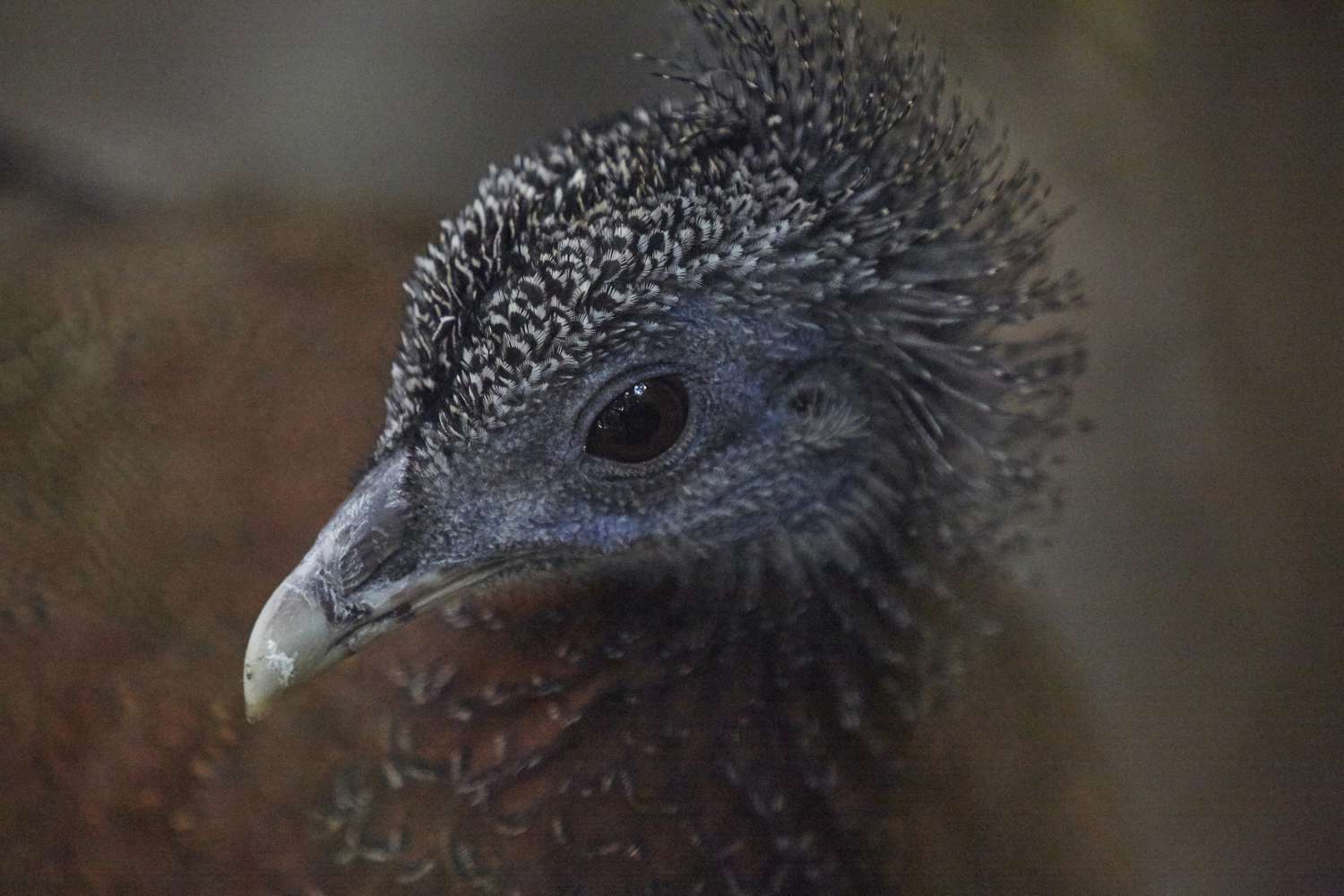
Naturalists divide the class of birds, Greek name “aves,” into two infraclasses: “palaeognathae” and “neognathae.” Oddly enough, paleaeognathae, or “old jaws,” includes birds that first evolved during the Cenozoic Era, after the dinosaurs went extinct—mostly ratites such as ostriches, emus, and kiwis. The neognathae, or “new jaws,” can trace their roots much farther back into the Mesozoic Era, and includes all other types of birds, including the passerines mentioned in slide #2. (Most paleognathae are completely flightless, with the odd exception of the Tinamou of Central and South America.)
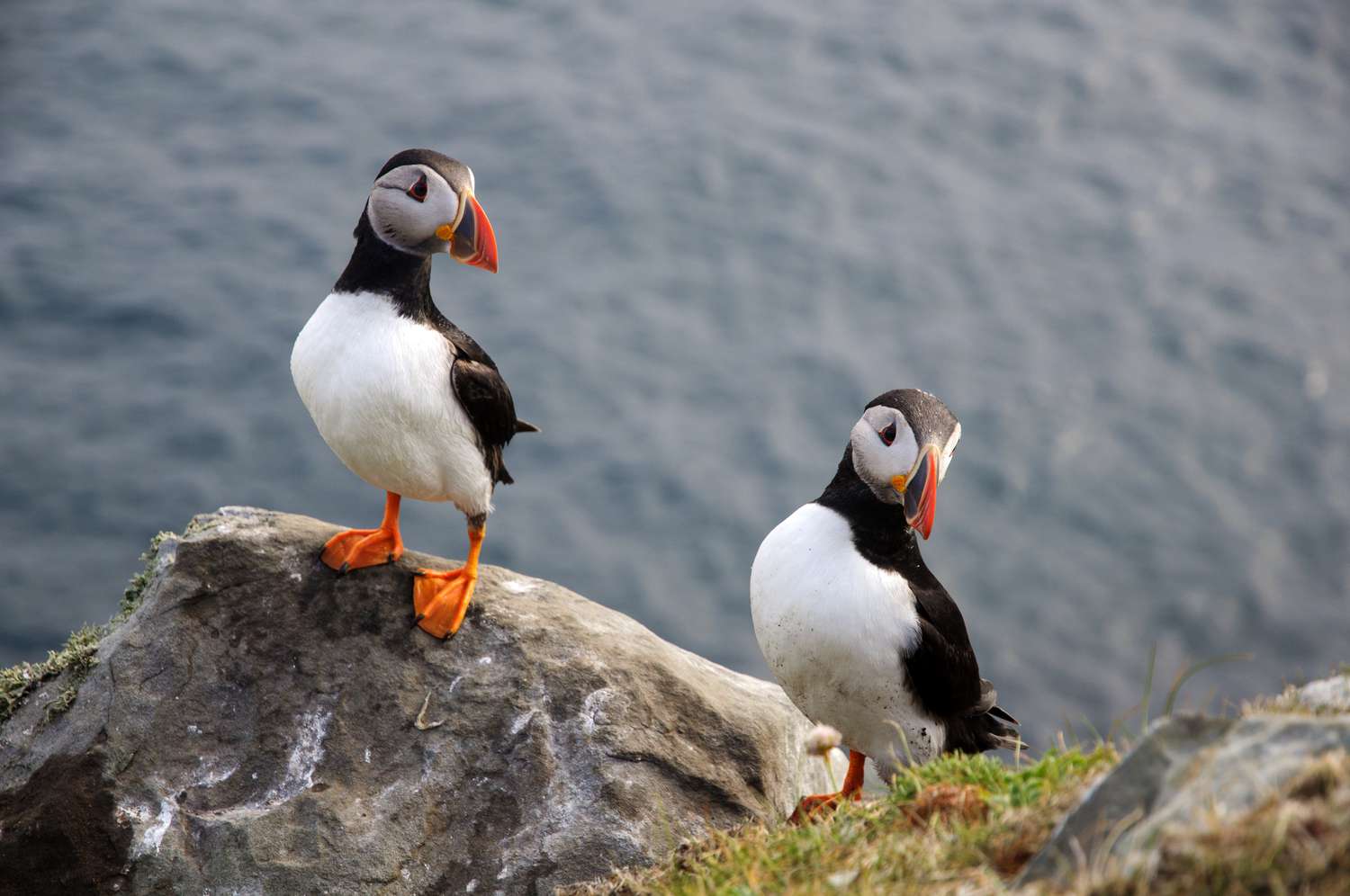
The major groups of animals can generally be distinguished by their skin coverings: animals have hair, fish have scales, arthropods have exoskeletons, and birds have feathers. You might imagine that birds evolved feathers in order to fly, but you’d be mistaken on two counts: first, it was the ancestors of birds, the dinosaurs, that first evolved feathers, and second, feathers seem to have evolved primarily as a means of conserving body heat, and were only secondarily selected for by evolution to enable the first proto-birds to take to the air.
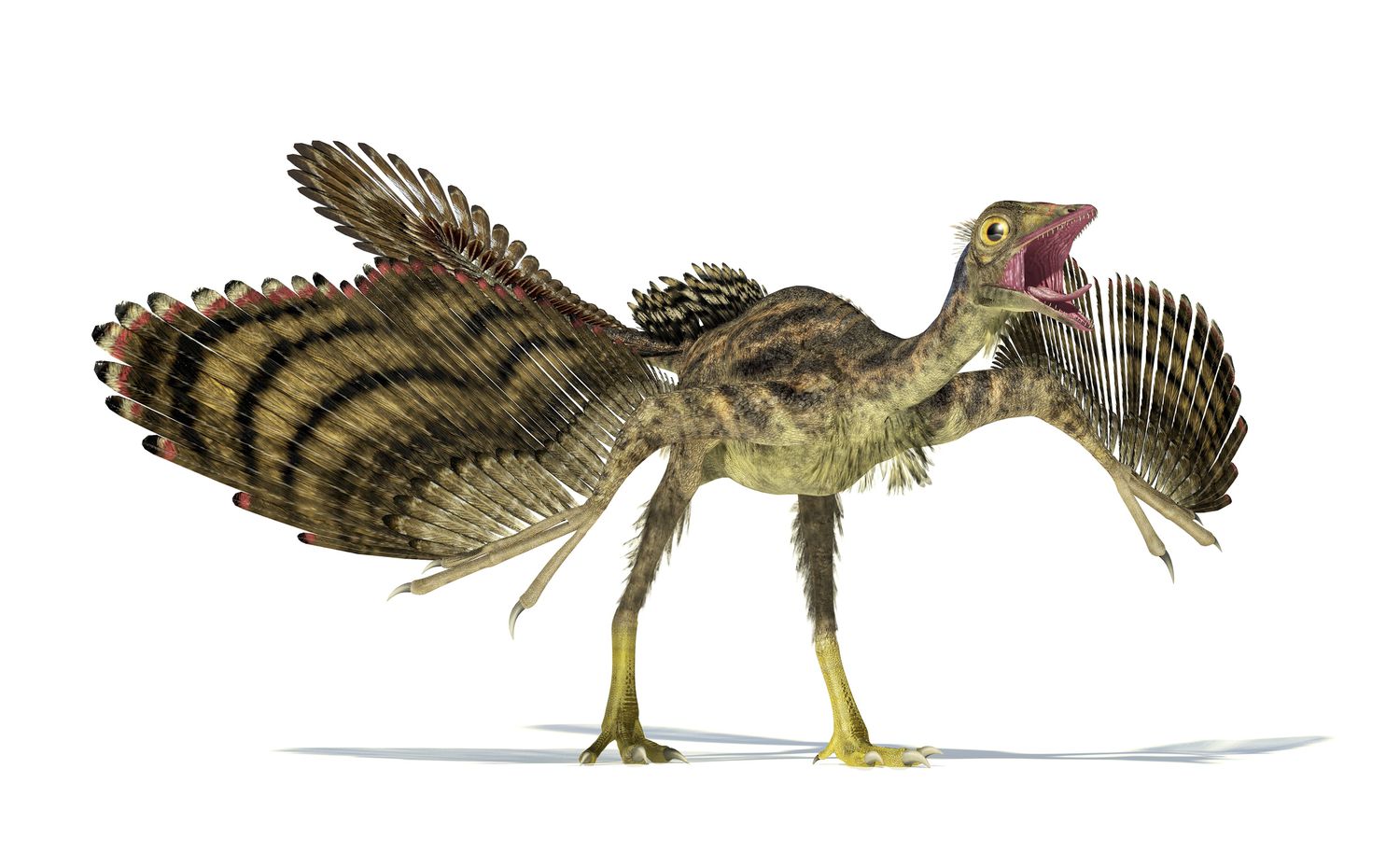
As mentioned in the previous slide, the evidence is now incontestable that birds evolved from dinosaurs—but there are still a lot of details about this process that have yet to be nailed down. For example, it’s likely that birds evolved two or three times, independently, in the course of the Mesozoic Era, but only one of these lineages survived the K/T Extinction 65 million years ago and went on to spawn the ducks, doves, and penguins we all know and love today. (And if you’re curious why modern birds aren’t dinosaur-sized, that all comes down to the mechanics of powered flight and the vagaries of evolution).
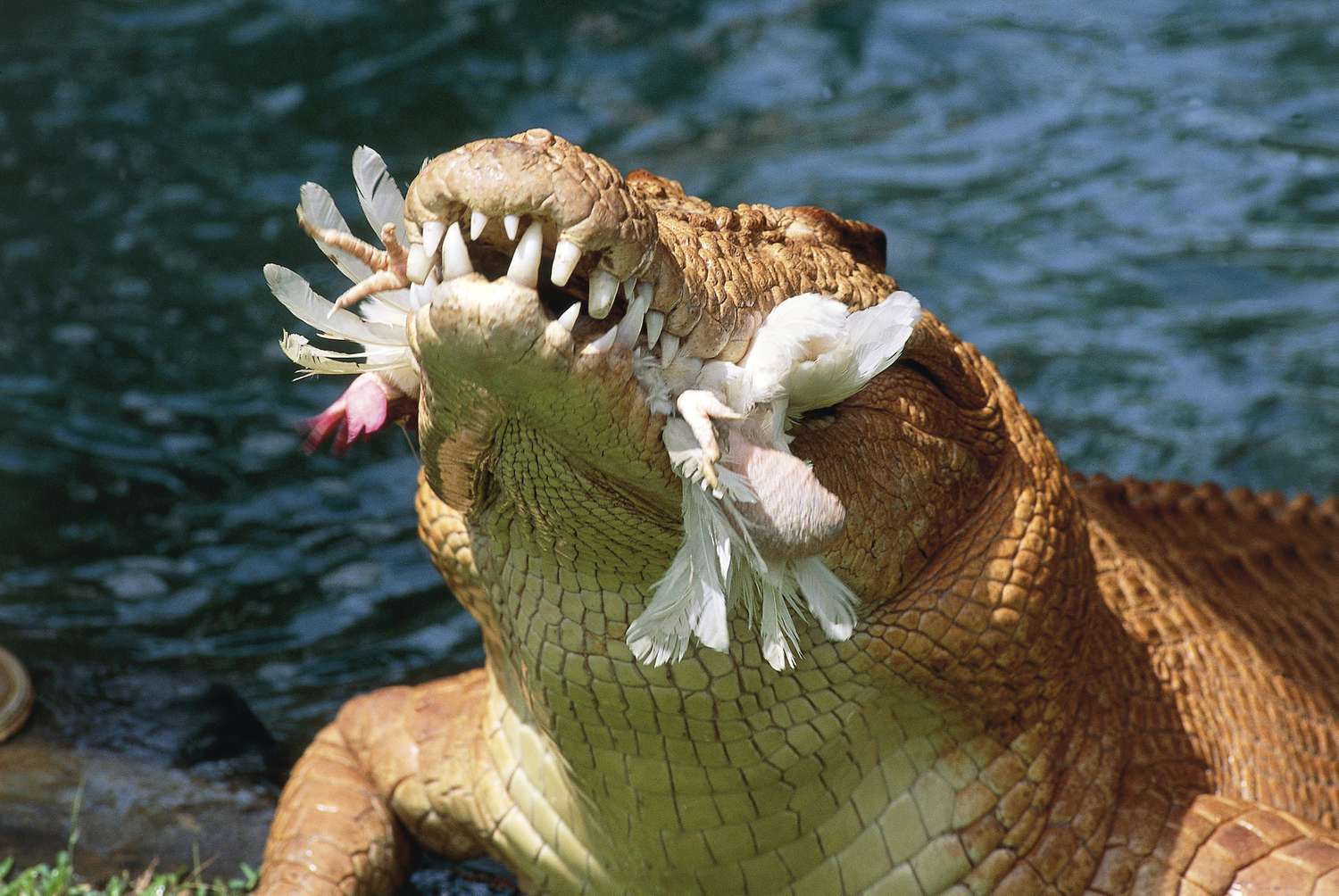
As vertebrate animals, birds are ultimately related to all the other vertebrate animals that live or ever have lived on earth. But you may be surprised to learn that the family of vertebrates to which modern birds are most closely related is the crocodiles, which evolved, like dinosaurs, from a population of archosaur reptiles during the late Triassic period. Dinosaurs, pterosaurs and marine reptiles all went kaput in the K/T Extinction Event, but crocodiles somehow managed to survive (and will gladly eat any birds, close kin or not, that happen to land on their toothy snouts).
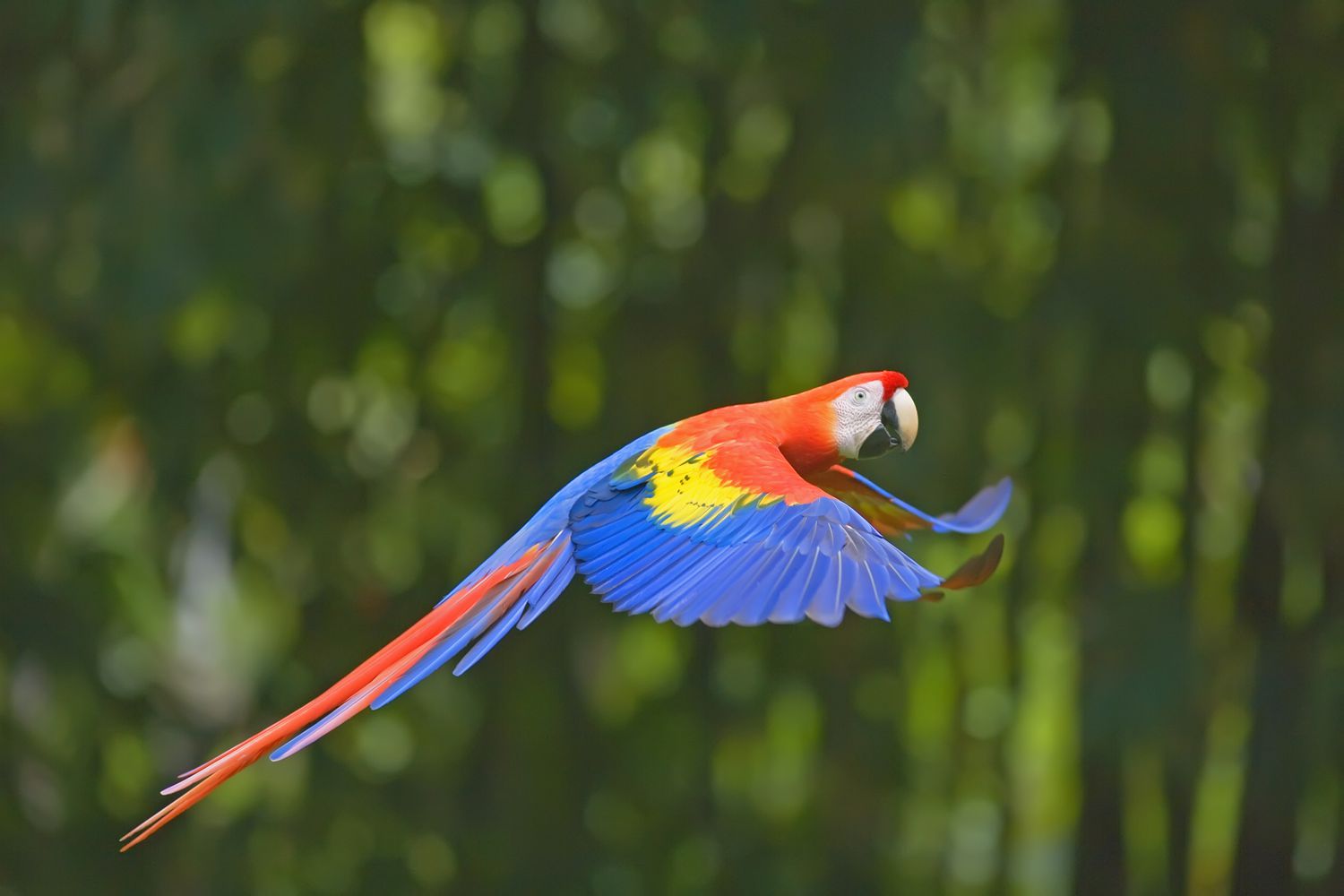
One thing you may have noticed about birds, especially passerines, is that they’re fairly small—meaning, among other things, that they need a reliable way to locate one another during mating season. For this reason, perching birds have evolved an intricate variety of songs, trills, and whistles, with which they can attract others of their kind in dense forest canopies where they would otherwise be nearly invisible. The bright colors of some birds also serve a signaling function, usually to assert dominance over other males or to broadcast sexual availability.
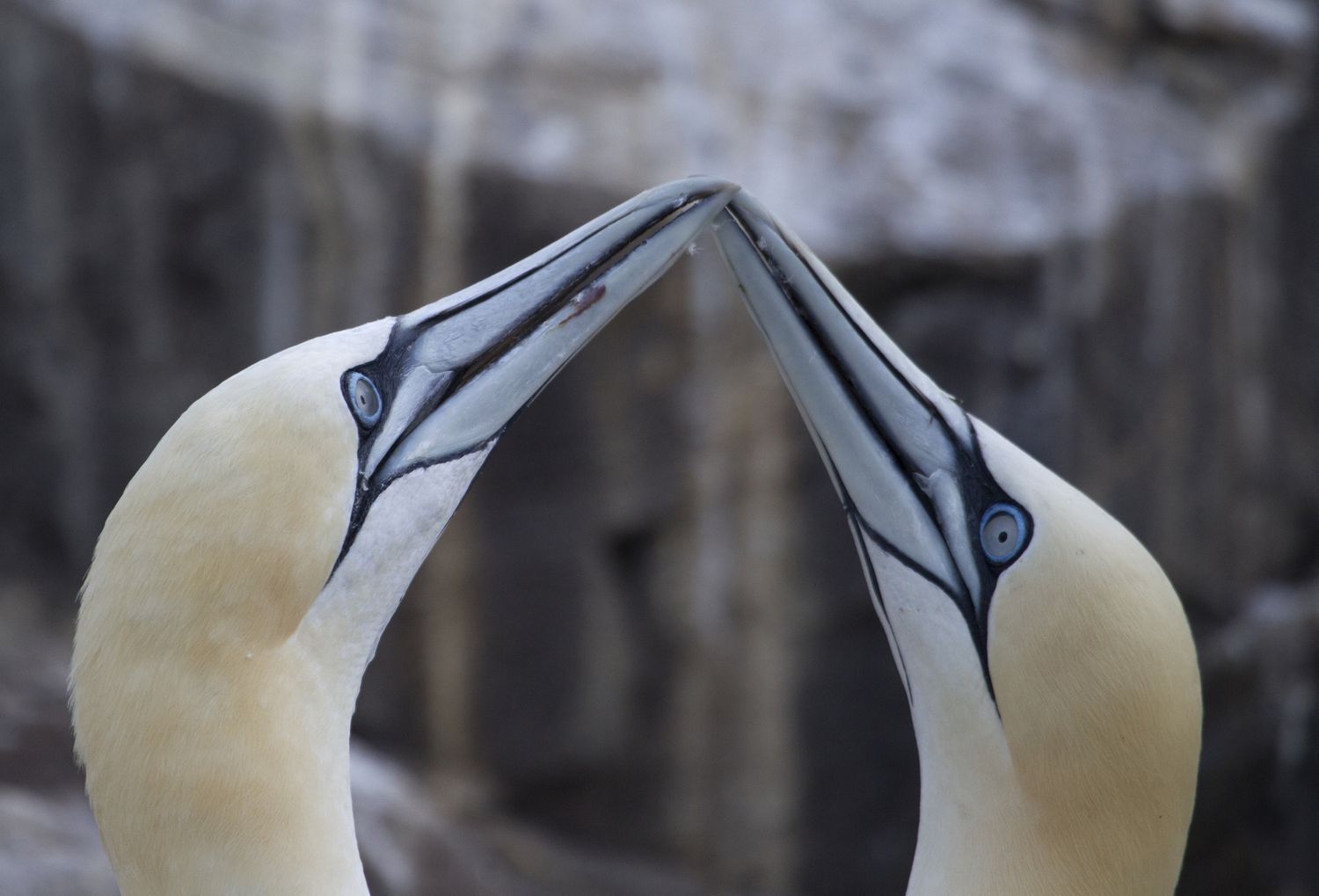
The word “monogamous” carries different connotations in the animal kingdom than it does in human beings. In the case of birds, it means that the males and females of most species pair up for a single breeding season, having sexual intercourse and then rearing their young—at which point they’re free to find other partners for the next breeding season. Some birds, however, remain monogamous until either the male or female dies, and some female birds have a neat trick that they can resort to in emergencies—they can store the sperm of males, and use it to fertilize their eggs, for up to three months.
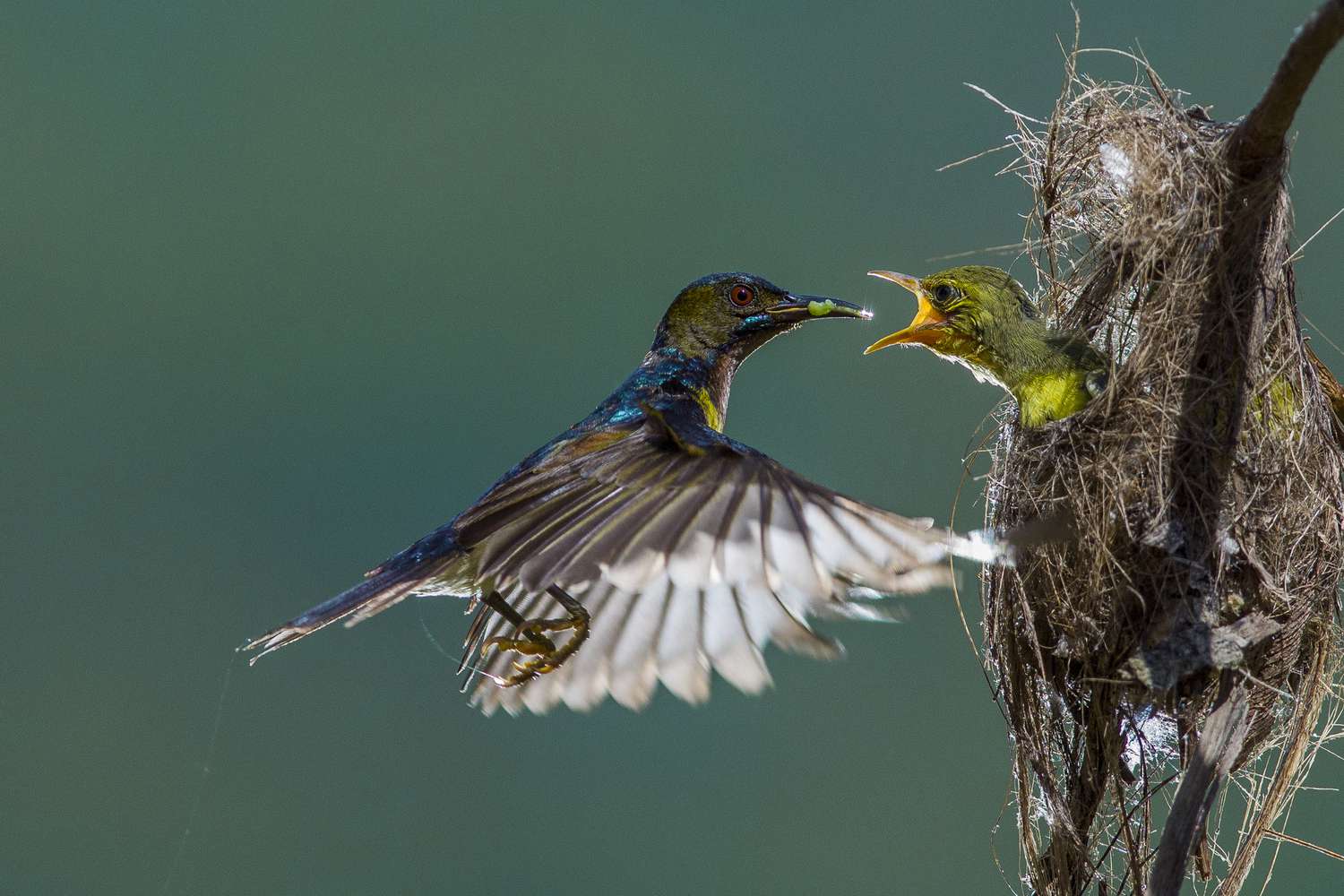
There are a wide variety of parenting behaviors across the bird kingdom. In some species, both parents incubate the eggs; in some, only one parent cares for the hatchlings; and in yet others, no parental care is required at all (for example, the malleefowl of Australia lays its eggs in rotting patches of vegetation, which provide a natural source of heat, and the fledglings are completely on their own after hatching). And we won’t even mention outliers like the cuckoo bird, which lays its eggs in other birds’ nest and leaves their incubation, hatching, and feeding to total strangers.
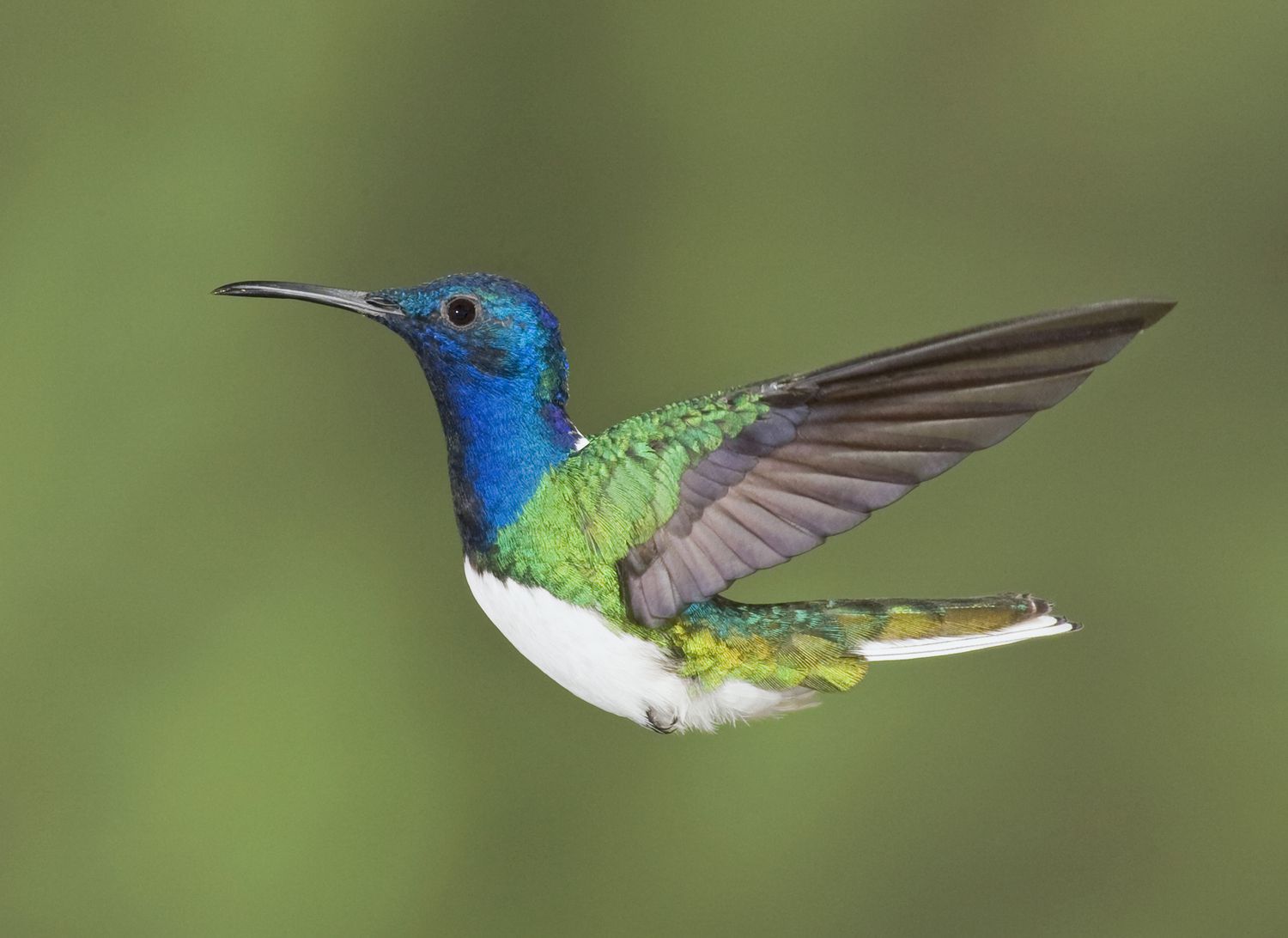
As a general rule, the smaller an endothermic (warm-blooded) animal is, the higher its metabolic rate—and one of the best indicators of an animal’s metabolic rate is its heartbeat. You may think that chicken is just sitting there, doing nothing in particular, but its heart is actually beating at about 250 beats per minute, while the heart rate of a resting hummingbird measures over 600 beats per minute. By comparison, a healthy house cat has a resting heart rate of between 150 and 200 bpm, while the resting heart rate of an adult human hovers around 100 bpm.
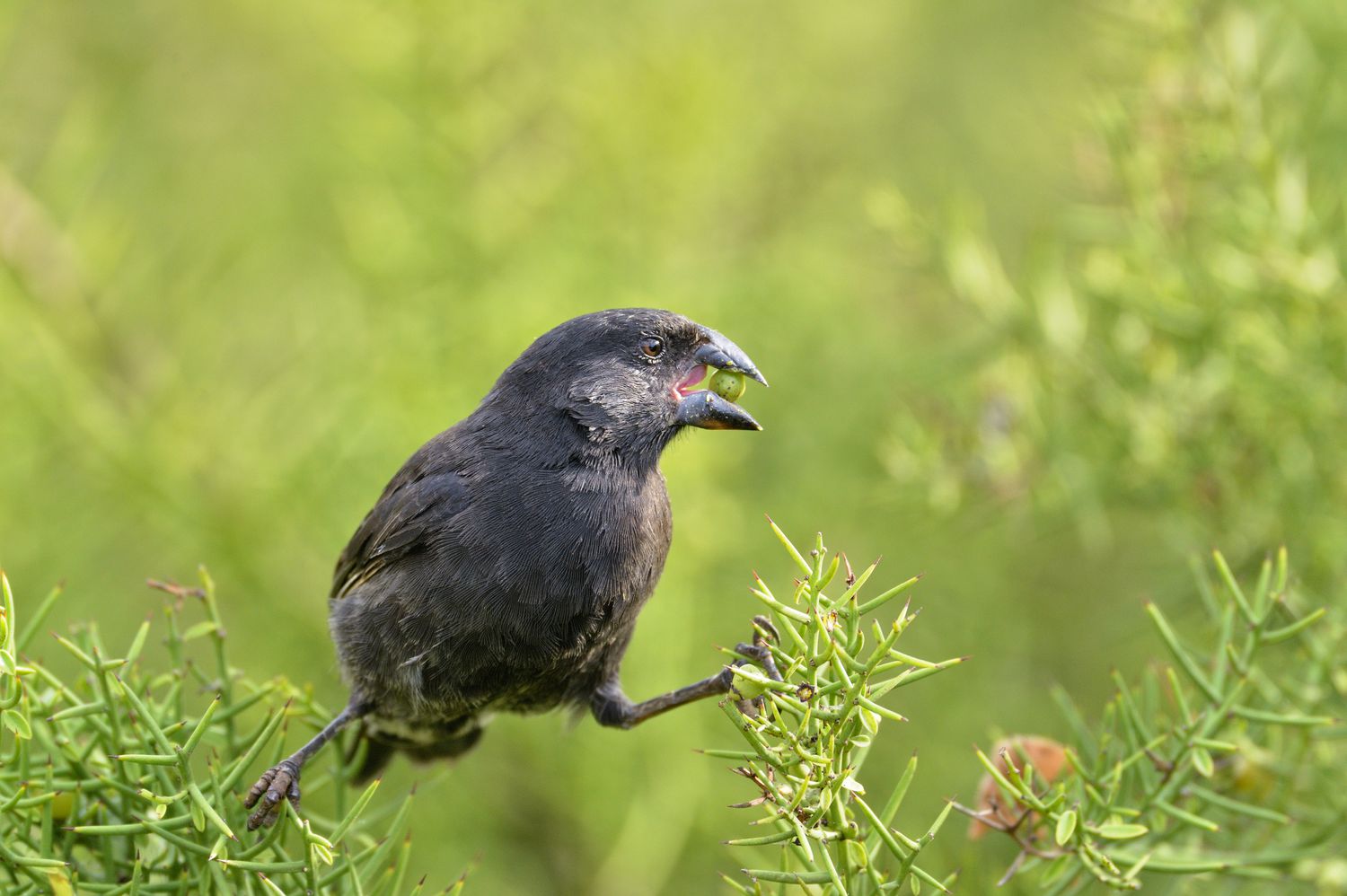
When Charles Darwin was formulating his theory of natural selection, in the early 19th century, he did extensive research on the finches of the Galapagos Islands. He discovered that the finches on different islands differed significantly in their sizes and the shapes of their beaks; they were clearly adapted to their individual habitats, yet just as clearly they had all descended from a common ancestor that had landed in the Galapagos thousands of years before. The only way nature could have accomplished this feat was evolution via natural selection, as Darwin proposed in his groundbreaking book On the Origin of Species.





